Article
November 2014 New Products: Wearable coil facilitates positioning during prostate MRI
Other products featured include a 16-slice CT scanner, new generic testosterone gel, prostate cancer risk calculator, and more.
Wearable coil facilitates positioning during prostate MRI
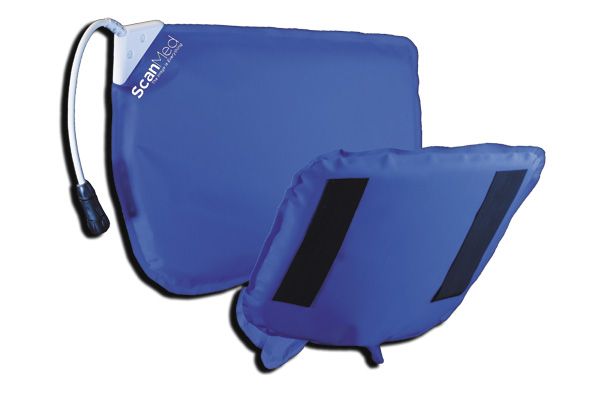
Omaha, NE-ScanMed of Resonance Innovations LLC has introduced a wearable MRI coil designed for visualizing the prostate and reproductive organs while also allowing for biopsy. The PROCURE (Prostate, Rectum, Ovaries, Cervix, Uterus, Reproductive) is a wearable, stain-resistant, and fluid-proof coil that facilitates accurate positioning, according to ScanMed. Similar to wearing a diaper, the device positions the multiple antenna elements as close as possible to the target anatomies regardless of patient size. The enclosure for the antenna set is made of flexible liquid-impermeable, biocompatible materials. Disposable liners are included so the coil can be changed between patients.
For more information, visitwww.scanmed.com.
16-slice CT scanner suitable for urology practices
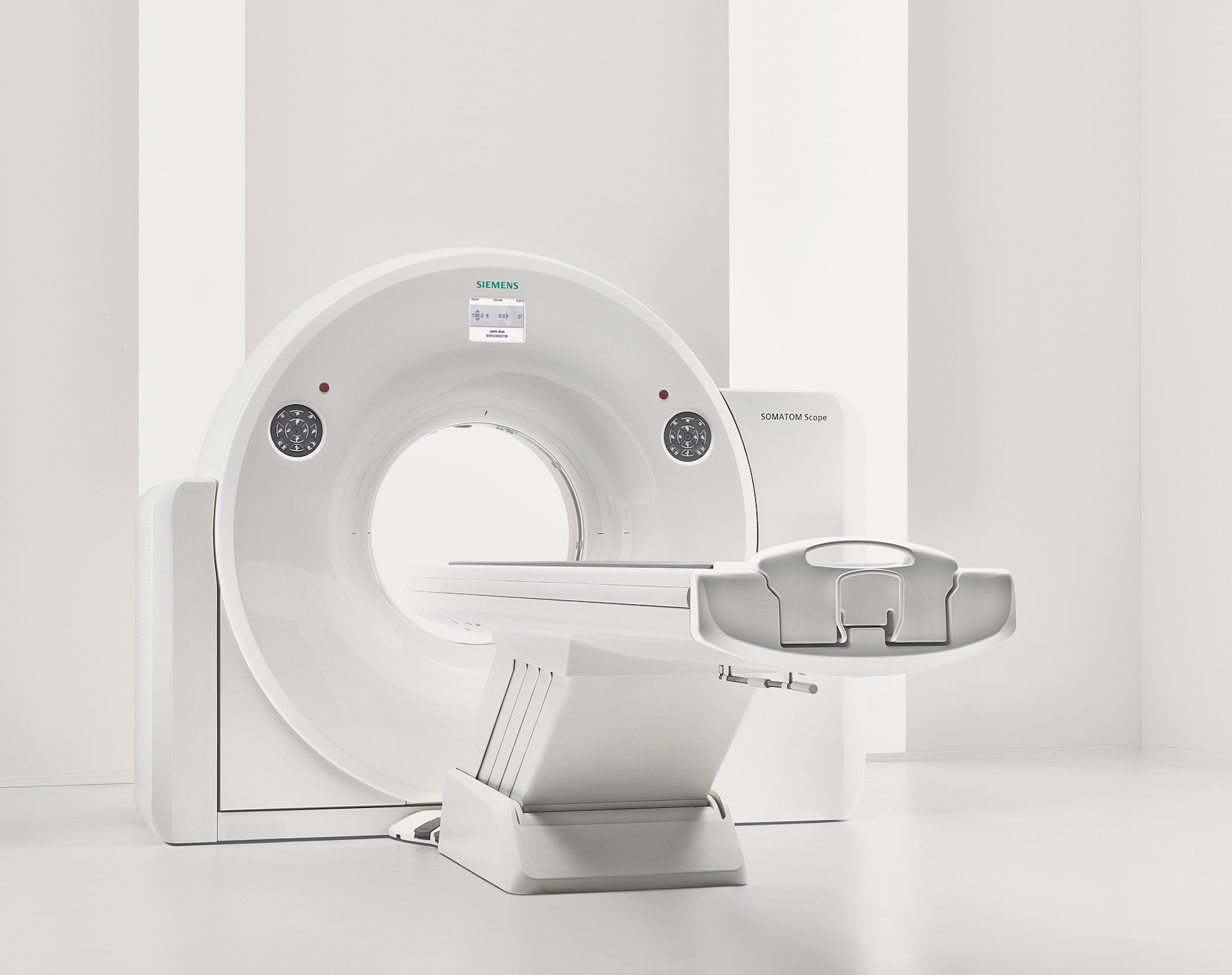
Malvern, PA-The FDA has cleared Siemens Healthcare’s SOMATOM Scope, a 16-slice computed tomography scanner. Suitable for urology and other specialty practices, the SOMATOM Scope is available in two configurations-Scope and Scope Power-and enables providers to comply with the NEMA XR-29 Smart Dose Standard to ensure safer imaging. It also includes eCockpit technology that extends operational lifetime by minimizing wear and tear on vital components.
For more information, visithttp://usa.healthcare.siemens.com/.
Next: New generic T gel available in three configurations
New generic testosterone gel available in three configurations
Maple Grove, MN-Upsher-Smith has launched a generic version of Vogelxo testosterone gel (1%) for topical use in the treatment of adult males who have low or no testosterone and with conditions associated with low or no testosterone. The generic testosterone gel offers once-daily dosing, 24-hour coverage, and three configurations: unit-dose tubes, packets, and metered-dose pumps.
For more information, visit www.upsher-smith.com.
Prostate cancer risk calculator updated with current risk factors
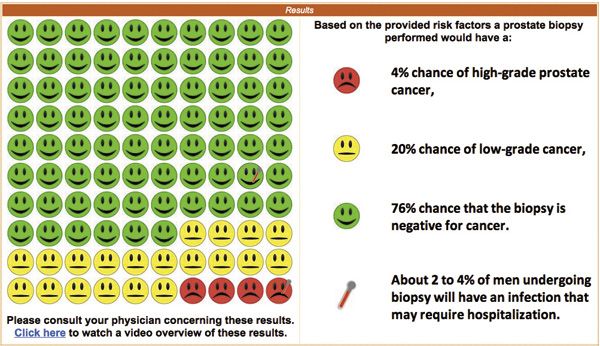
San Antonio-The University of Texas Health Science Center has upgraded its prostate cancer risk calculator, which helps men and their physicians better understand a man’s risk of prostate cancer. The version 2.0 calculator has been updated to use current risk factors and a better interface. The free calculator takes minutes to use and gives a man more information about his risk for both low-grade prostate cancer, which may never require treatment, and high-grade prostate cancer. It uses an “emoji” graphic readout that puts the numeric percentages into a visual perspective and gives the possibility in numbers (and emojis) that a patient may have no prostate cancer at all.
For more information, visit http://deb.uthscsa.edu/URORiskCalc/Pages/uroriskcalc.jsp.
Next: FDA clears home-use conception assistance device
FDA clears home-use conception assistance device
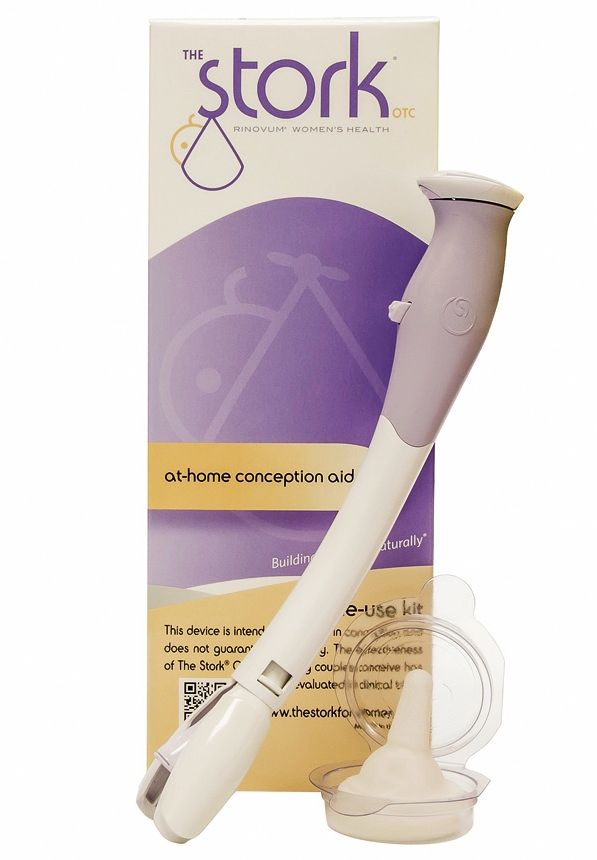
Pittsburgh-The Stork OTC is a new home-use conception assistance device that has been cleared by the FDA for over-the-counter sales. The device provides consumers a safe, easy way to perform cervical cap insemination at home, according to Rinovum Women’s Health. The Stork includes two parts: an updated cervical cap (similar to a condom) and an applicator device used to place the cap (similar to the delivery of a tampon). After collecting semen in the cap during natural intercourse, the applicator places it near the woman’s cervix. The cap stays in place, keeping sperm where it needs to be for up to 6 hours, while the woman continues her normal routine, then is easily removed with the attached cord.
For more information, visit www.storkotc.com.
Guide helps prostate cancer patients cope with androgen deprivation
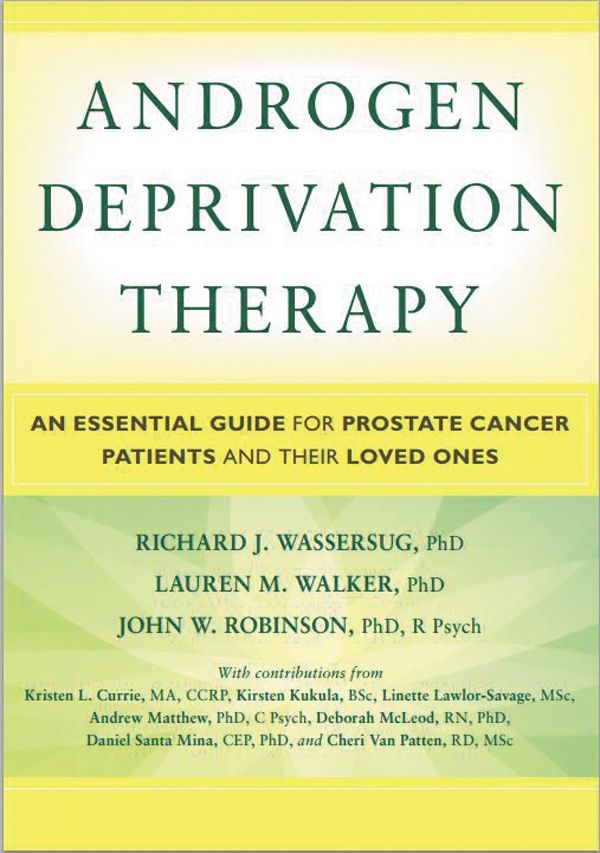
New York-Demos Health has published “Androgen Deprivation Therapy: An Essential Guide for Prostate Cancer Patients and Their Loved Ones,” which is designed to help patients cope with ADT and increase their quality of life. The book discusses the physical side effects of hormone therapy and how to manage them, how to navigate emotional side effects, and ways partners can maintain sexual pleasure. It also offers an activity worksheet for each chapter that includes goal-setting charts, side effect self-assessments, and personal action plans.
For more information, visit www.demoshealth.com.
Clinical manual is practical guide to daily urology practice
Philadelphia-The “Penn Clinical Manual of Urology,” now in its second edition, is designed to be a concise, practical guide to the daily practice of urology. This edition covers the latest incontinence guidelines from the AUA and International Consultation on Incontinence, current treatment recommendations, therapy for castrate-resistant prostate cancer, and active surveillance for prostate cancer. It includes chapters on major categories of urologic diseases, helps readers prepare for board examinations, and is entirely searchable online.
For more information, visit www.us.elsevierhealth.com.
Subscribe to Urology Times to get monthly news from the leading news source for urologists.















